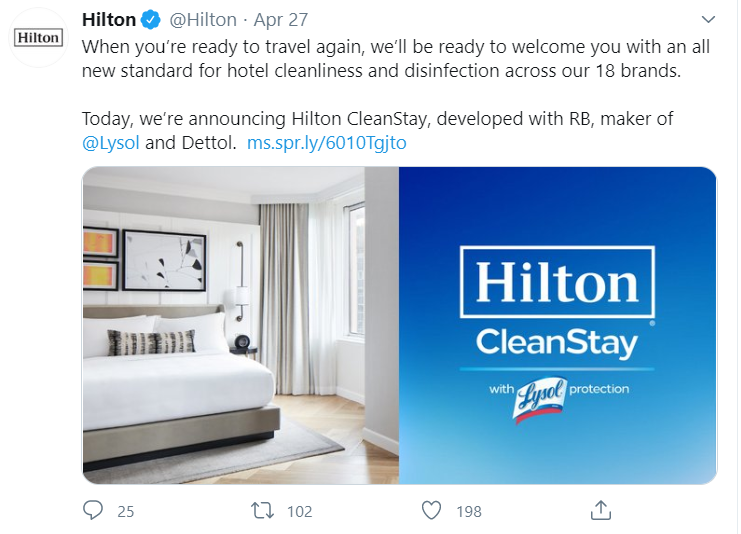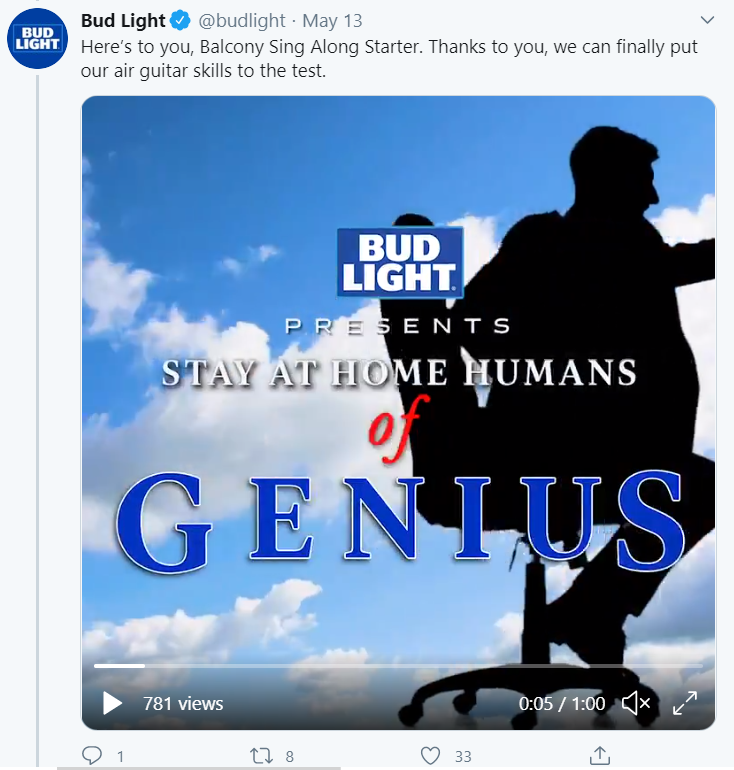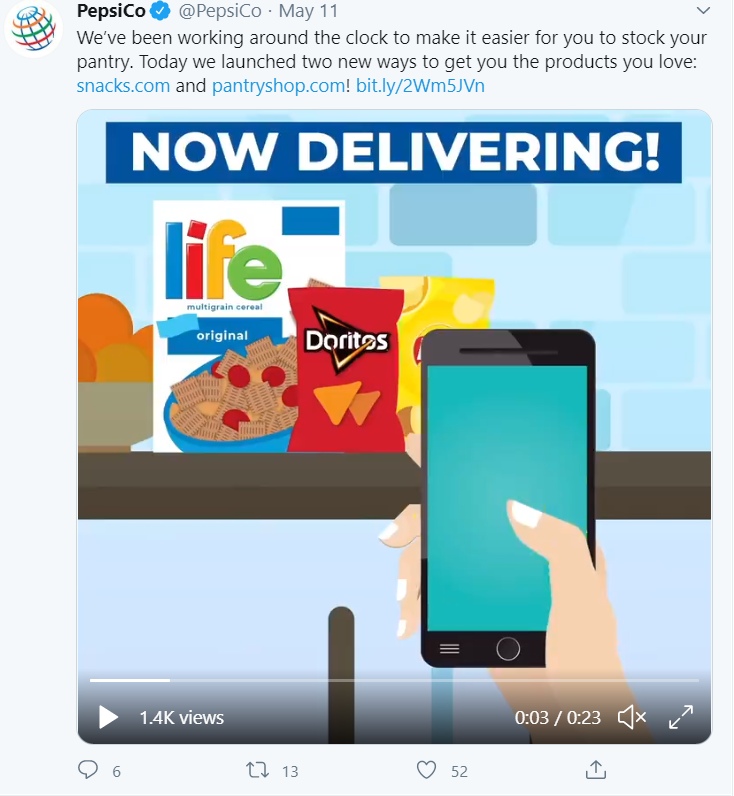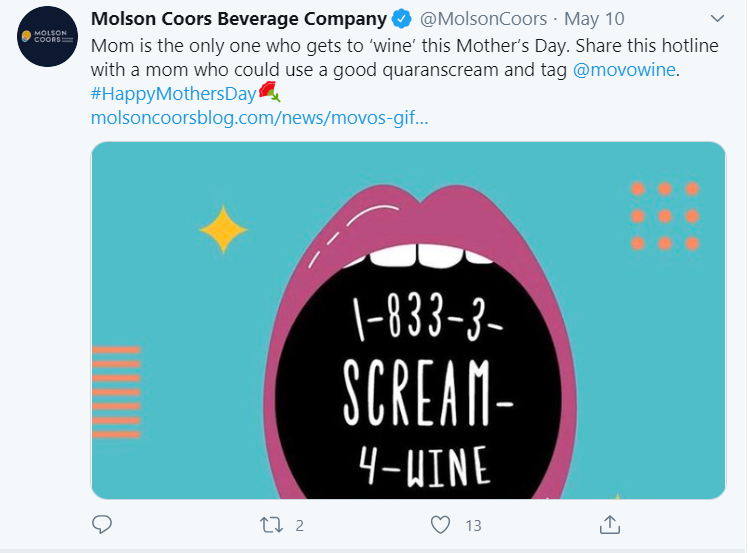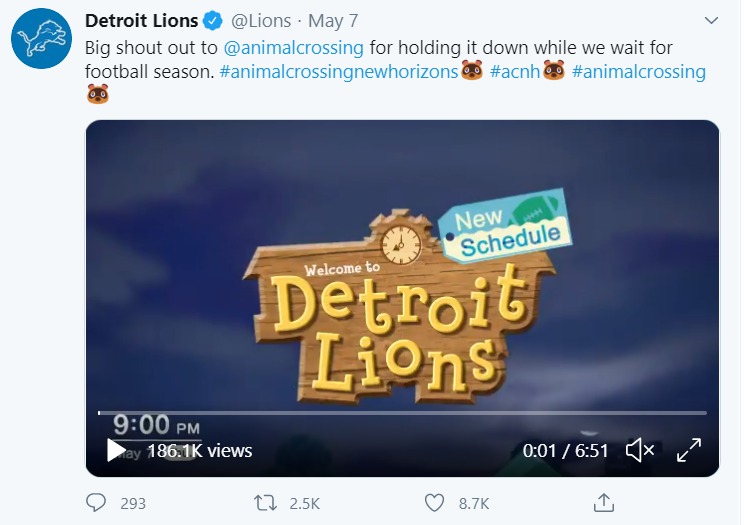[Series] Marketing during COVID-19: Brands must be more specific
Each week on the Bolder Thinking Blog, our analysts share insight and analysis on how companies and brands are navigating COVID-19 with innovative thinking and multichannel campaign strategies. In this week’s post, we discuss why brands must be more specific in their marketing, with COVID-19 now a given.
Comforting with cleanliness
To promote cleaning initiatives, brands assured consumers that they were taking health and safety seriously by outlining specific steps they’re taking and promoting partnerships with cleaning brands.
Airlines, hotels, and rideshare companies have new policies to keep both their customers and workers safe. Both Uber and Lyft now require face masks for drivers and riders with mutually beneficial policies. Both companies were straightforward in their explanations of how the policies work, establishing a level of transparency that could reassure both customers and drivers.
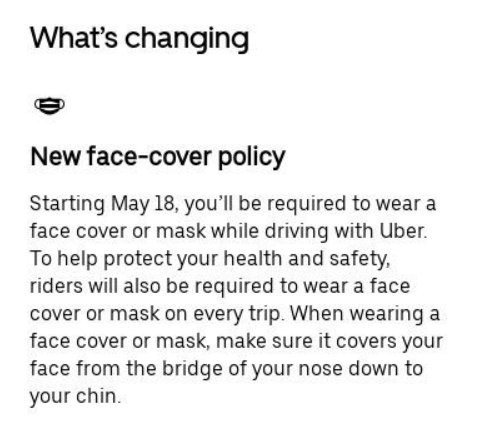
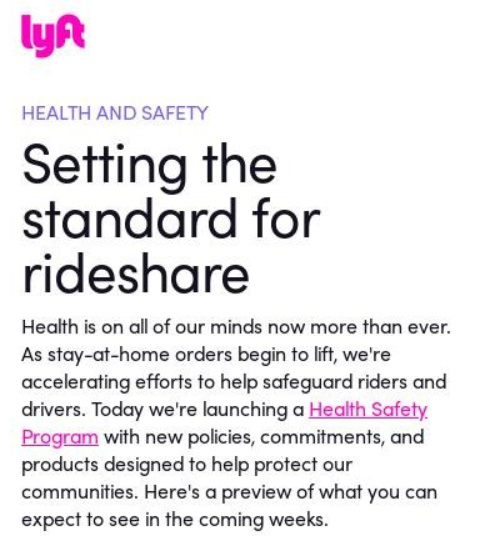
United and Hilton each partnered with a cleaning company and launched a branded cleaning program. The name of United’s program, CleanPlus, makes it sound like it costs extra, whereas Hilton’s CleanStay raises the question: What were the company’s cleaning standards before?
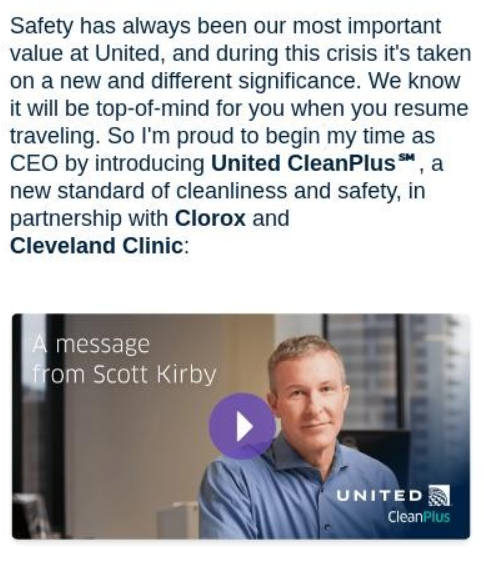
Hungering for happiness
Food and drink brands emphasized the joy their products bring consumers. Some did this by framing their products as ways to make the pandemic bearable, and others took the focus off themselves by showcasing people doing good.
Bud Light focused on people, not products. With “Real Internet Heroes of Genius,” Bud Light tweaked an old campaign, “Real Men of Genius,” to be more inclusive and relevant.
PepsiCo‘s new e-commerce sites give consumers yet another way to get food delivered. In trying to keep up with the likes of GrubHub, GoPuff, and other food-delivery services, PepsiCo nailed it with one of its URLs, snacks.com. But whether the sites themselves will be successful is yet to be seen, especially given the fact that consumers’ prioritization of grocery-shopping remains steady.
Fiddling with frustration
Brands aren’t shying away from the reality that consumers, while stuck at home, are getting frustrated with their families. While some brands used kids at home as a reason to buy more products, others simply said: “We know you’re frustrated.”
T-Mobile acknowledged that parents are always looking for ways to keep kids entertained, but the message was especially relevant during stay-at-home orders.
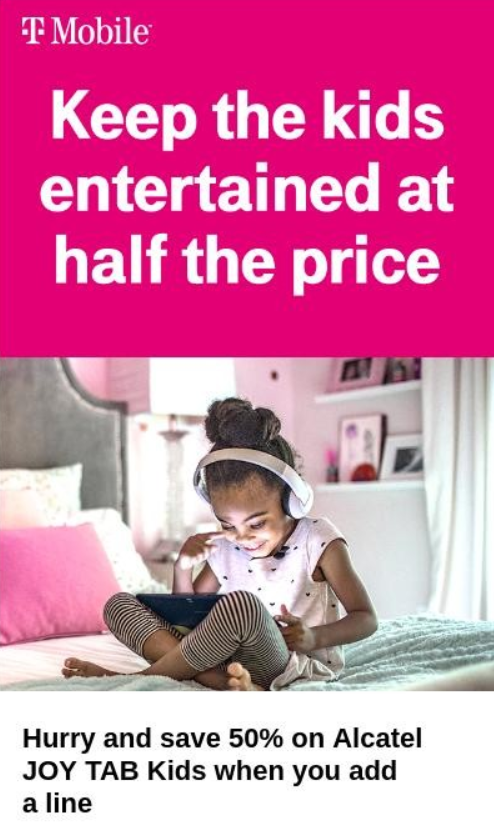
Molson Coors upheld the “moms love wine” stereotype with an unsuccessful promotion for its wine spritzers. Molson Coors aimed for a broad reach, promoting #Scream4Wine from its own account and Movo’s. But engagement was low, especially compared to efforts from other alcohol brands.
Toying with tech
Marketers continued to play with digital constraints in their campaigns, showing that, while the way we interact with each other has changed, our new communication media need not hinder our messages. Rather than feel angsty about our current constraints on in-person interactions, brands are making the most of them.
In a new ad, Mint Mobile’s owner Ryan Reynolds took the video-conferencing trope up a notch with a PowerPoint. The new spot, he said, is in lieu of the “epic” commercial the company was in the middle of shooting when the pandemic started to rage.
Sports teams got creative to announce their revised 2020 schedules on social media. From Animal Crossing integration to TikTok-like video editing, sports teams such as the Detroit Lions played into current video trends.
What we think
As summer approaches and stay-at-home orders phase out, impact on consumer lifestyles remain top of mind, and messaging should be in tune with what consumers are most looking forward to.
The effects of COVID-19 on consumer lifestyles will continue into summer, and with canceled plans and activities, consumers will be searching for alternate plans. While Americans’ spending and lifestyle priorities are slowly returning to pre-COVID-19 levels, their increased desire to see friends and family in real life is still high. In other words, spending has normalized, but social changes have not.
Brands must be aware of these shifts and align their messaging with consumers’ expectations—both those that are changing and those that remain the same. This will be especially crucial as states ease social-distancing measures. Brands that succeed will be those that are specific about the roles their products and services can play in this ever-changing environment.
Stay tuned for next week’s post to see how marketing is evolving during COVID-19. Catch up on the full series here.
